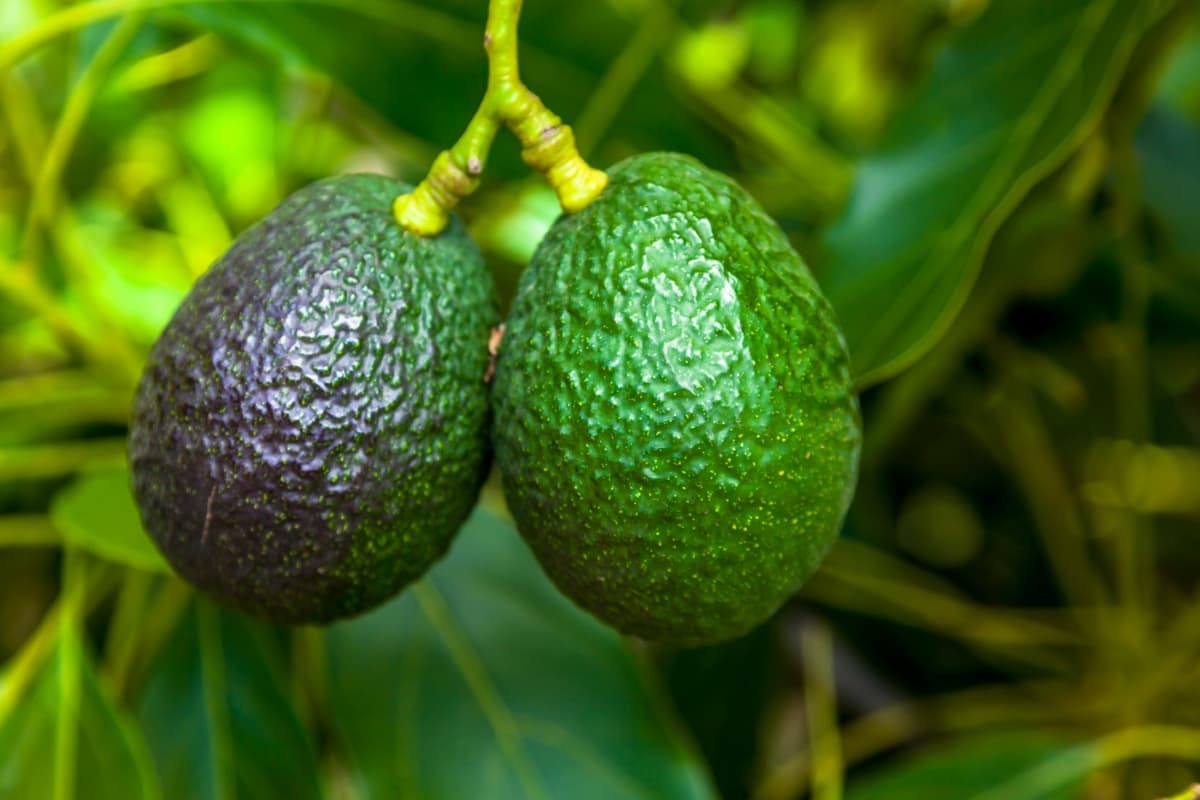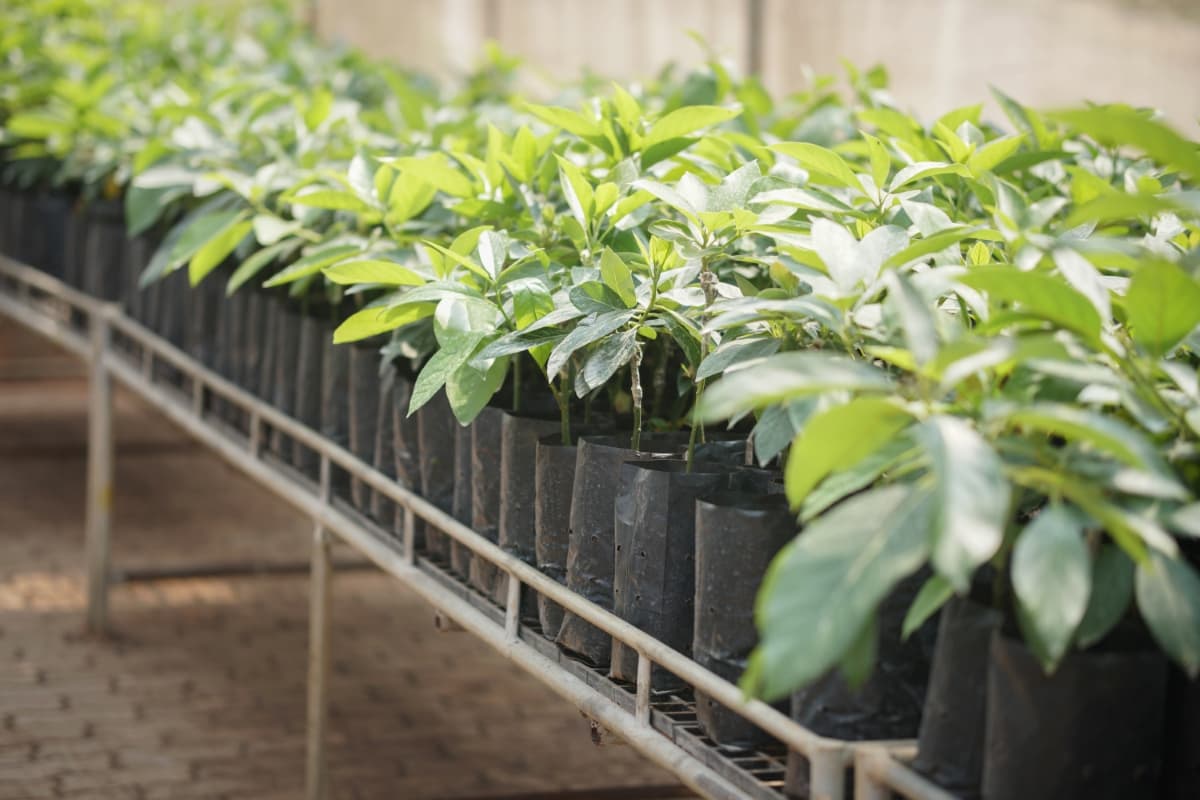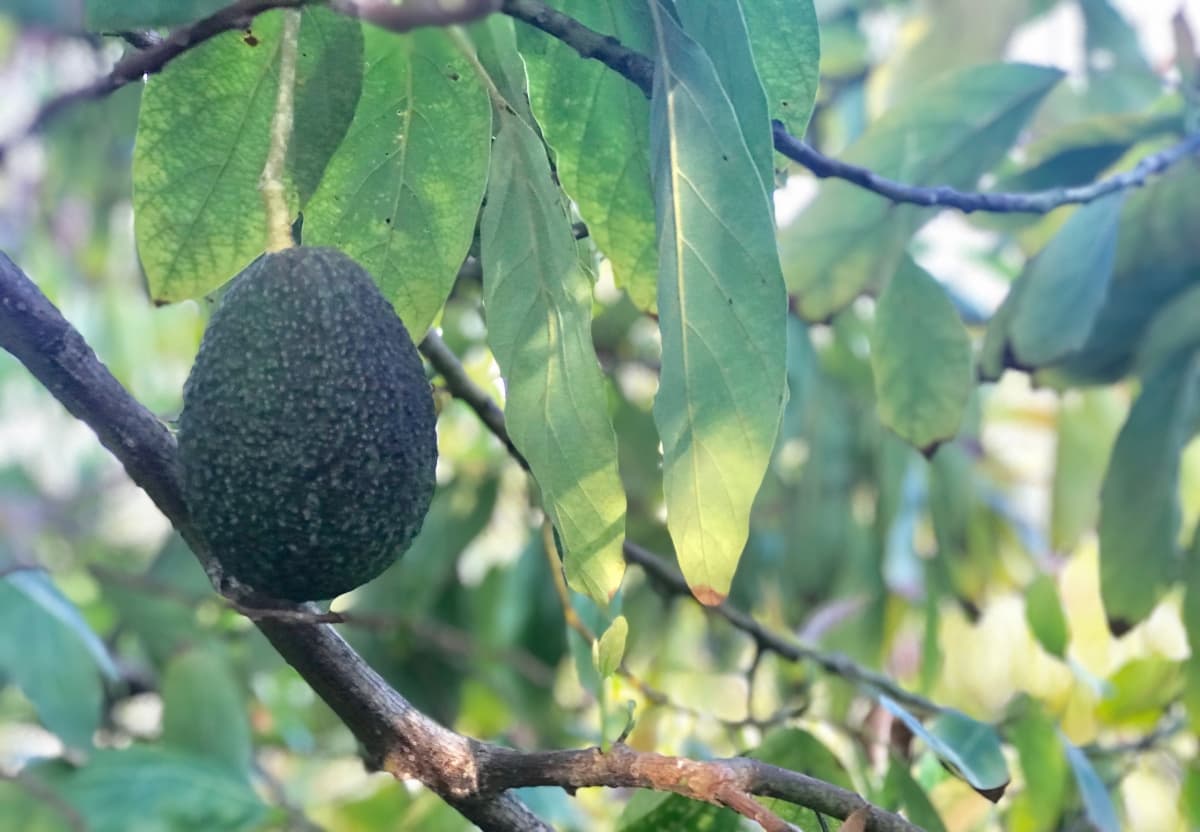Grafting, at its core, is an intricate horticultural technique wherein two plants are joined together to grow as one. For avocado trees, grafting is especially vital to ensure the production of high-quality fruits that consumers desire. How do you graft avocado rootstock? Well, it’s a sophisticated process where the upper part of one plant, known as the scion, is attached to another plant’s rootstock or lower part. In avocado grafting, the rootstock provides robustness, disease resistance, and vigor, while the scion determines the fruit type.

Over the years, avocado grafting techniques have seen innovative advancements, introducing newer methods. What rootstock is used for grafting avocado? This is a question many gardening enthusiasts often ask. Several rootstock choices are available, but the answer largely depends on the specific avocado variety being grown.
How to Graft an Avocado Tree
Step-By-Step Tutorial: Grafting Techniques for Avocado Trees
Grafting avocado trees is an art that demands precision. When one wonders about the methods of avocado grafting, it’s essential to note that there are various techniques to consider. The process starts with selecting a healthy rootstock. After cutting a small section from it, the scion, a budding piece of a mature avocado tree, is attached.
The union is then securely wrapped to ensure stability and prevent infection. Over time, these two sections will grow together, combining the strengths and characteristics of both. With the rise of technology and better understanding, there’s always a new technique in grafting avocados, ensuring even better success rates.
Choosing the Right Scion and Rootstock for Grafting Avocado Trees
The success of grafting heavily relies on choosing the right scion and rootstock. Regarding avocados, the scion is typically taken from mature trees bearing high-quality fruit. The selection ensures that the grafted tree will produce the same fruit quality. On the other hand, the rootstock plays a pivotal role in determining the plant’s overall health, growth speed, and resistance.
What is the best rootstock for grafting avocados? The answer varies based on local soil, climate, and prevalent tree diseases. For instance, the rootstock used for grafting Hass avocado might differ from other varieties, emphasizing the need for careful selection.
What Rootstock is Used for Grafting Avocado
Diving deeper into rootstock selection, the specific choice largely depends on the desired outcome and the prevailing conditions. The rootstock defines the tree’s overall resilience, determining factors like drought tolerance, resistance to soil diseases, and adaptability to certain soil types. Specific rootstock types have proven more effective for popular varieties like the Hass avocado, ensuring the tree’s longevity and fruit quality.
Tools and Materials Needed for Grafting an Avocado Tree
The tools and materials you use can significantly impact the success rate of grafting. Generally, you’ll need a sharp grafting knife to make precise cuts, grafting tape or rubber bands to secure the union, pruning shears, a disinfectant for cleaning the tools, and sealing materials like wax or a similar substance to protect the graft from infections.
Preparing the Scion and Rootstock for Successful Grafting
Thorough preparation is vital. Begin by ensuring that both the scion and rootstock are disease-free. Next, cut the scion from a mature avocado tree, ensuring it has several healthy buds. The rootstock should be young but established, typically less than a year old but with a sturdy stem. Once both are prepared, they can be joined using one of the many grafting methods available.
Avocado Grafting Time
Timing is paramount when grafting avocados. The ideal avocado grafting time is during the early spring or late winter, when the tree is still dormant but on the cusp of its growth phase. This timing ensures the graft heals quickly and the union between the scion and rootstock is strong.
Can You Graft Avocado on Lemon Tree?
It’s an intriguing idea, but grafting an avocado onto a lemon tree is not feasible. Both trees have different growth habits, requirements, and vascular structures, making the union unsuccessful in most cases.
In case you missed it: How to Graft a Lemon Tree: Rootstock Used, Best Time to Graft, Techniques, and Methods

Can You Graft an Avocado on a Mango Tree?
Like the lemon tree scenario, grafting an avocado onto a mango tree is challenging and typically unsuccessful. While both are tropical fruit trees, their physiology and growth patterns differences create barriers to successful grafting.
Different Grafting Methods for Avocado Trees: Whip-And-Tongue, Cleft, and Side-Veneer Grafting
Avocado trees offer flexibility when it comes to grafting methods. The whip-and-tongue method is popular for young trees with small diameters. It involves making matching sloping cuts on the scion and rootstock and then joining them together. The cleft grafting method is suitable for larger trees. A split or cleft is made in the rootstock, and the scion is inserted. Lastly, side-veneer grafting is preferred for avocados in areas prone to root rot. The scion is attached to the side of the rootstock rather than its top, promoting better growth and disease resistance.
Timing and Seasonality Considerations for Grafting Avocado Trees
The timing for grafting avocados plays a crucial role in determining the union’s success. Generally, the most favorable period for avocado grafting is during early spring or late winter, when the trees are dormant but on the brink of their growth phase. During this period, the tree’s sap flow is just beginning, facilitating better adhesion between the scion and the rootstock and, subsequently, faster healing and establishment of the graft.
Proper Care and Maintenance of Grafted Avocado Trees
Once grafted, an avocado tree requires meticulous care to ensure its growth and fruit production. Regular watering is essential, especially during the initial stages, to help the graft establish itself. Moreover, protecting the young grafted tree from extreme conditions like frost or scorching sun is vital. Using mulch can help in retaining moisture and regulating soil temperature. During the early stages, pruning any growth below the graft union aids in channeling the tree’s energy to the new graft.
Troubleshooting Common Issues in Grafted Avocado Trees
Grafted avocado trees, like all plants, can encounter problems. One common issue is the graft failure to take, often resulting from improper attachment, disease, or adverse environmental factors. If you notice wilting or drying of the scion, it indicates a failed graft.
Another challenge is the growth of shoots below the graft point, known as suckers, which can drain the tree’s resources. It’s essential to promptly remove these to ensure the tree’s energy is directed towards the grafted portion. Furthermore, keeping an eye out for pests and diseases will help in the early identification and treatment, preserving your tree’s health.
Tips and Tricks for Maximizing Success in Grafting Avocado Trees
For a successful graft, using sharp and sterile tools is paramount to ensure clean cuts and prevent the introduction of diseases. Always select a healthy and disease-free scion from a mature, fruit-bearing avocado tree, as this ensures the propagation of desirable traits.
In case you missed it: Plant Grafting Techniques, Types, Examples, and Process

Furthermore, ensuring the cuts on the rootstock and scion align perfectly enhances the chances of a successful union. After joining them, securely wrapping the graft union with grafting tape or a rubber band and protecting it from direct sunlight and extreme conditions can significantly boost grafting success rates.
Conclusion
The grafting of avocado trees is both an art and a science, requiring precise timing, care, and understanding of the process.
- Feed Your Flock for Less: Top 10 Tips to Save on Chicken Feed
- Ultimate Guide to Ossabaw Island Hog: Breeding, Raising, Diet, and Care
- Hatching Answers: The Top 10 Reasons Your Chickens Aren’t Laying Eggs
- Eggs and Economics: Breaking Down the Cost of Raising Backyard Chickens
- Defend Your Greens: Proven Methods to Keep Iguanas Out of Your Garden
- Ultimate Guide to Cinnamon Queen Chicken: A Comprehensive Guide for Beginners
- Ultimate Guide to California Tan Chicken: Breeding, Raising, Diet, Egg-Production and Care
- Ultimate Guide to Marsh Daisy Chicken: Breeding, Raising, Diet, and Care
- 10 Types of Chicken Farming Businesses You Can Start for Profits